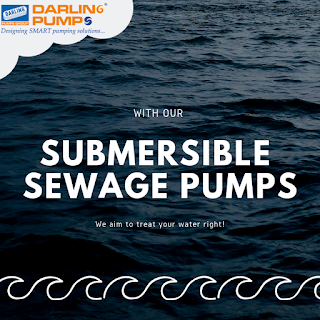When it comes to sewage pumps, everyone’s dream and necessity is to own a properly working one. This stands true especially for homeowners who have basement toilets.
The role of sewage pumps is to lift flushable waste into a septic tank or the sewer line. There are many people who often go for replacing their water pump with the same model as before. Before making the decision, you should always ask yourself, how long should your pump last?
Similarly, when selecting the right sewage pumps for your needs, there are some questions that you should ask yourself! The following is a list of those questions, along with the answers to the same:
1. How much flow is required?
To know what type of flow rate is required, it’s important to know the number of users that would be feeding the sewage basin as well as the number of drains. If you want to know a great rule of thumb, then its 50 gallons per person per day for residential use.
2. What about the vertical lift’s distance?
If you are familiar with the pumping industry, then you would have questions like “what is the total dynamic head?” and “what is the head?” or something in these lines. All of these questions are asked to help in determining the amount of force or pressure needed for “pushing” the liquid up to where it’s required to go. Considering whether the system lifts to a septic tank, in the absence of any back pressure or to a sewer system with pressure pushing back, is imperative.
3. What are the requirements when it comes to solids handling?
Such type of requirements might be easily determined by the local codes. A sewage pump should have the capacity to handle spherical solids that are up to 2” in diameter, unless otherwise stated.
4. What is the size of the pump basin required?
Normally, the flow rate determines the size of the basin that is needed. A properly sized basin allows the water pump to run for longer on each cycle. It would also help to cycle less times each day. Generally, the larger the motor, the less cycles each day are recommended and the longer becomes the run time that is needed. Usually, the owner’s manual indicates the max number of cycles in a period of 24 hours. Taking this into account, with the flow rate, would help in determining what would be right for you. With higher flow rates, the basin’s diameter needed increases.
Therefore, if you’re looking for the right sewage pump for your system, then make sure to answer these questions beforehand.
To know more about sewage pump selection, contact Darling Pumps at 91 99819 92833.

